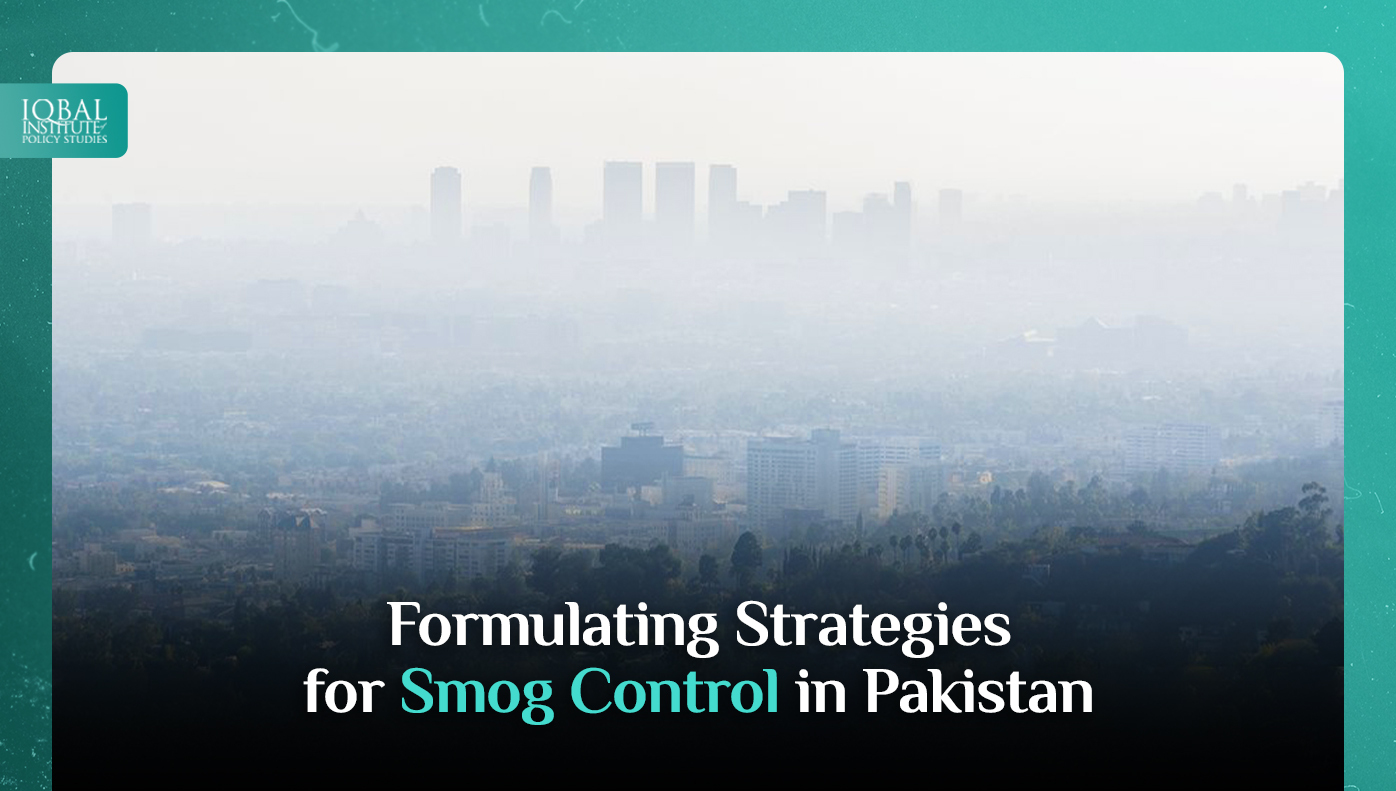Smog is formed due to anthropogenic activities such as an increase in traffic, industrialisation and the rising pace of urbanisation. In Pakistan, smog has affected Lahore city adversely. It is because of immense air pollution which is increasing annually due to an increase in commercial, industrial and vehicle activity. It was found that globally 4.2 million people die due to air pollution annually. As per IQAIR (air quality technology company), the air quality situation is worst in the last few days as Lahore’s Air Quality Index (AQI) was ranging between 223 and 239. An AQI below 100 is considered as healthy and above it is unhealthy.
Smog has many drawbacks as it causes huge economic losses. It disrupts communication signals and affects the health of the population by aggravating respiratory problems and heart diseases. Moreover, it causes accidents on roads as the vision gets blurred. Pakistan ranks 3rd on the worst air quality index due to major causes of air pollution are industrial and vehicle emissions, smoke from burning waste and agricultural waste and construction-related emissions. Additionally, transboundary air pollution also contributes to smog as airborne particles move from country to country.
Despite the initiation of the Smog Control Room the adverse impacts of smog, and air quality is not being properly monitored or controlled. The government took several initiatives to control the smog such as electric vehicles and importing machinery worth Rs 30 billion to control the burning. Moreover, the government is making efforts to convince brick kiln industry owners to use zig-zag technology. This method changes the way coal is loaded to redirect the airflow, which leads to better, more efficient fuel combustion and increases energy efficiency.
Economic activities are regulated by various municipality and district laws but these laws are not enforced properly. Hence, the laws and regulations must be monitored regularly and strong policies must be made, especially for the construction sector as they contribute the most to the formation of smog. There is a need to identify stakeholders, categorise sources of pollution and list them in order of priority. Moreover, through smart community mobilisation, awareness can be created about smog and how to prevent yourself from hazardous effects. Also, the government should have to improve domestic, industrial and municipal waste management, reducing agricultural waste. Civil society and government should have to work together to make greener and more compact cities with energy-efficient buildings. Lastly, the government should formulate effective and implementable strategies that are adopted from other countries that tackled the similar problem of smog. Even though Pakistan is under a thick layer of smog, the development of policies and strategies and enforcement of legal frameworks can control the effects of smog in the long term.



Leave a Reply